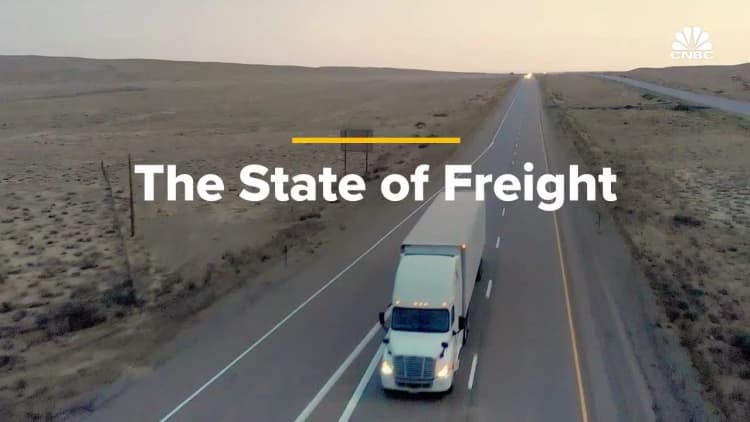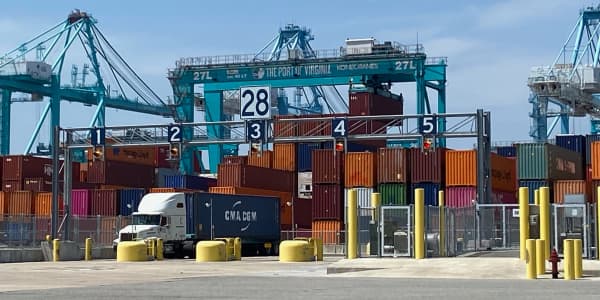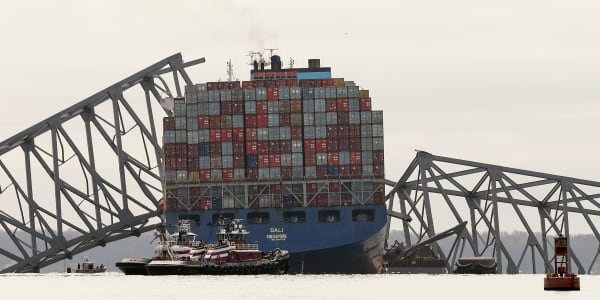
Drayage trucking, the critical piece of logistics where drivers transport raw materials, finished, or semi-finished goods, is under new strict mobility testing after the cities of Gansu, Shanghai, Guangdong, Guangxi, and Henan reported new Covid infections, as well as additional cities detecting the highly transmittable BA.5 strain.
Drivers in Shanghai must have a health code/travel code/48-hour nucleic acid negative certificate and a local traffic passport in order to move their cargo.
"In every little province between where the raw material is picked up to where the factory is, and eventually the seaport, a driver can have three different routes and different highways," explained Akhil Nair, senior vice president of all products for Asia Pacific for SEKO Logistics. "What happens is, if a particular district or area goes into a lockdown, the driver has to get a nucleic acid test or a PCR test. And that usually takes between 24 and 72 hours."
Nair said even if the Covid test results are negative, drivers still have to wait until the results come in which leads to further delays.
"So normally a truck route that will take a day or two can take as long as up to a week in some cases if you have the misfortune of getting stopped multiple times," he said.
Drayage drivers in Ningbo, Nanjing, Qingdao, Tianjin, Dalian, Shenzhen, Xiamen, and Fuzhou are also being tested so they can be approved for cross-city transportation.
"That leads to complexity and basically a large amount of uncertainty within the trucking aspects," Nair said. "In a place like Shanghai, other districts around do not want to accept truck drivers from that area for pickups and therefore the economies of scale or the optimization of your truck fleet is completely thrown out the window. So additional trucks are needed in order to move the cargo."
The CNBC Supply Chain Heat Map data providers are global freight booking platform Freightos, creator of the Freightos Baltic Dry Index; logistics provider OL USA; supply-chain intelligence platform FreightWaves; supply chain platform Blume Global; third party logistics provider Orient Star Group; marine analytics firm MarineTraffic; maritime visibility data company Project44; maritime transport data company MDS Transmodal UK; ocean and air freight benchmarking an analytics firm Xeneta; leading provider of Research & Analysis firm Sea-Intelligence ApS; Crane Worldwide Logistics, and air and freight logistics provider SEKO Logistics.





